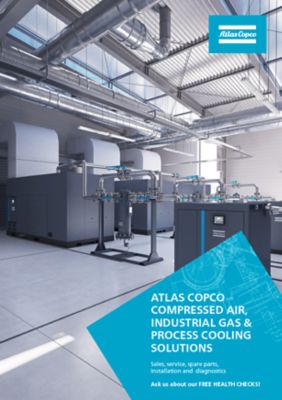Reducing costs of installation for wastewater treatment systems
Whenever you invest in new technology, there are some expenses that are apparent while others are hidden. To make the best possible decision, you have to take all of these costs into account. Your aeration blowers are a great example. Here, the most obvious cost is the initial purchase price of the equipment. But there is another type of cost that is frequently overlooked: The installation and integration of your blowers. First up, you need to make sure the offer you’re considering, contains all the parts necessary for operation. This will ensure there are no surprises when you start the mechanical, electrical, and control installation. Next up, you’ll need to consider if you’ll take up the installation or call in the help from an EPC. Let’s dive deeper into the different expenses associated with installing a new blower.
Installation and integration – truly hidden water treatment system costs
Who will install your blowers?
One option is to do all of this work yourself. This requires you to have an expert on staff who can perform all tasks in a manner that allows the equipment to function optimally.
Another option is to employ a contractor or an Engineering, Procurement and Construction (EPC) company. However, this can be quite costly.
This also applies to the commissioning and start-up of the blower. Can somebody on your staff or an experienced local technician handle this? Or is a specialist required who may have to travel and stay in a hotel at your expense?
All of these costs should be factored in when deciding on which blower to purchase.
Plug & play as a way to save costs
One way to keep all of these costs low is with a plug & play solution. A plug & play solution is a standard offer that includes all components necessary for operation. Here, your initial investment may be higher, but you eliminate certain installation expenses and the potential costs you incur if something goes wrong.
That can make a real difference. You not only keep installation costs to a minimum but also ensure that the equipment works optimally right away.
Working with the right partner
For all of these reasons, it is important to find the right partners to keep your water treatment system costs as low as possible.
There are a few factors you will want to consider. What is the track record of your blower provider? Is reliability important to them? Do they have an extensive support network to make sure a technician can deal with any problems that may arise?
Once you take all of these things into account, you should be well on your way to lowering your water treatment system costs.

